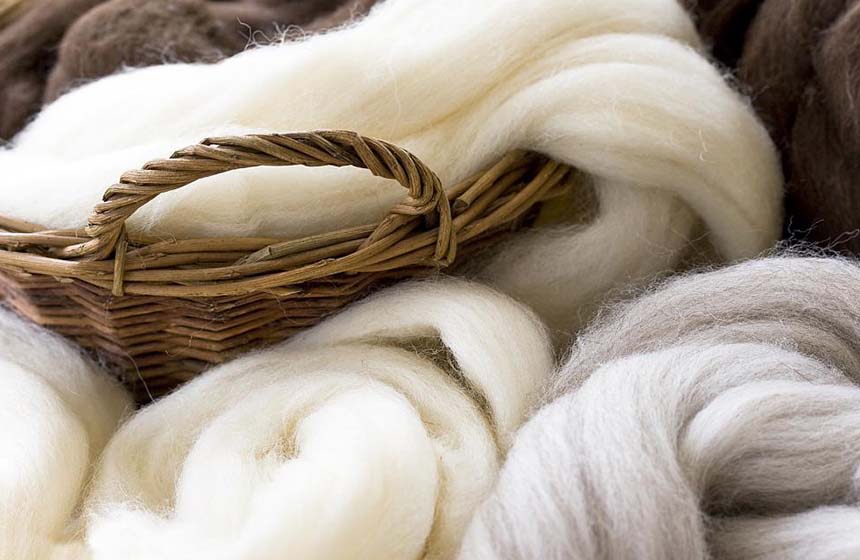Cashmere is one of the most luxurious fabrics, known for its softness, warmth, and lightness. Behind this highly sought-after material is a fascinating history that dates back centuries. To truly appreciate cashmere, it's important to understand its origins, especially in the Kashmir region.
The Birth of Cashmere
Cashmere's history dates back to the 3rd century BC, when noble families in the Kashmir region began weaving fibers from cashmere goats into textiles. The region's climate produced the soft, warm fibers that made cashmere one of the world's most luxurious fabrics, with the name itself originating from the area.
The Process of Creating Cashmere
Cashmere comes from the soft undercoat of cashmere goats, which grow dense fur in colder climates. The fiber is harvested in the spring when the goats naturally shed their winter coat. Skilled workers carefully comb through the goats’ fur to separate the fine undercoat from the coarser outer hairs, making cashmere production labor-intensive. Only a small portion of each goat’s coat is used, making cashmere production limited and precious.
The Spread of Cashmere Across the World
Cashmere’s journey to the rest of the world began with the Silk Road, facilitating trade between East and West. By the 16th century, cashmere shawls became highly prized in Europe, particularly in France and England, where they were worn by royalty and aristocrats. French Empress Josephine, wife of Napoleon, was a notable figure known for wearing cashmere shawls, further fueling their appeal.
In the 19th and 20th centuries, demand for cashmere soared, especially with the advent of machine weaving, which made the fabric more accessible, though still a symbol of luxury.
The Evolution of Cashmere in Fashion
In the mid-20th century, luxury fashion houses, especially in Italy, began producing cashmere garments on a larger scale. Today, cashmere sweaters, scarves, and throws are essential in high-end fashion collections, valued for both their luxurious feel and timeless style.
Cashmere is prized not only for its softness but also for its remarkable warmth-to-weight ratio, making it ideal for layering in both cold and mild weather.
Cashmere Today
Cashmere is now sourced from countries like Mongolia, China, and Nepal, but its legacy from Kashmir remains at the heart of the fabric’s history. At Mandkhai, we proudly source our cashmere from Mongolia, a region renowned for its exceptional quality. Mongolia's harsh, cold climate creates the perfect conditions for cashmere goats to produce the finest fibers, which is why it is one of the best places to source cashmere.
As demand for cashmere grows, sustainable and ethical practices are more important than ever. We are committed to ensuring high-quality, eco-conscious production, supporting local communities in Mongolia, and upholding the time-honored traditions of cashmere craftsmanship.
"Luxury is not about what you wear, but about how it makes you feel – a sense of sophistication that transcends time."

